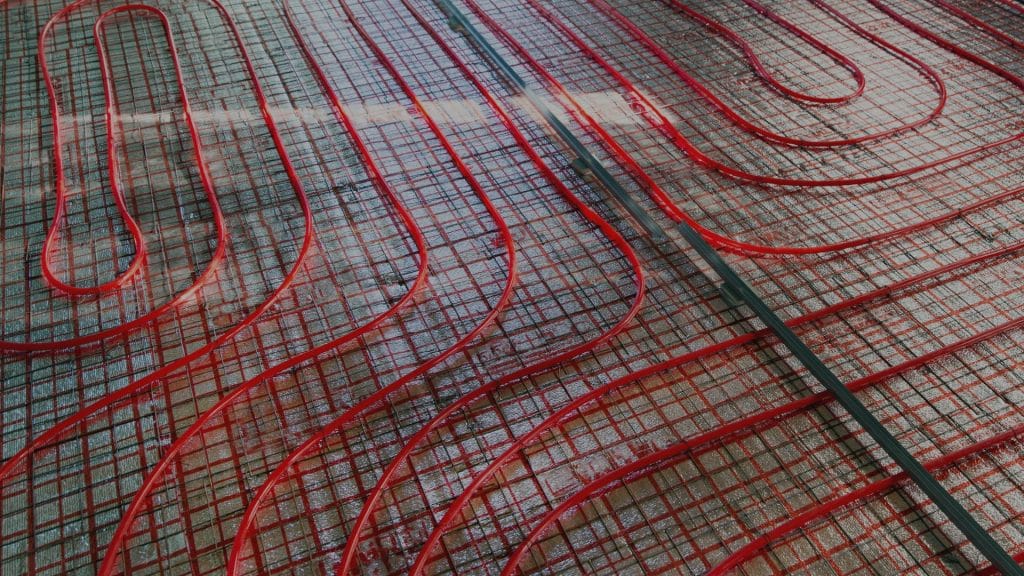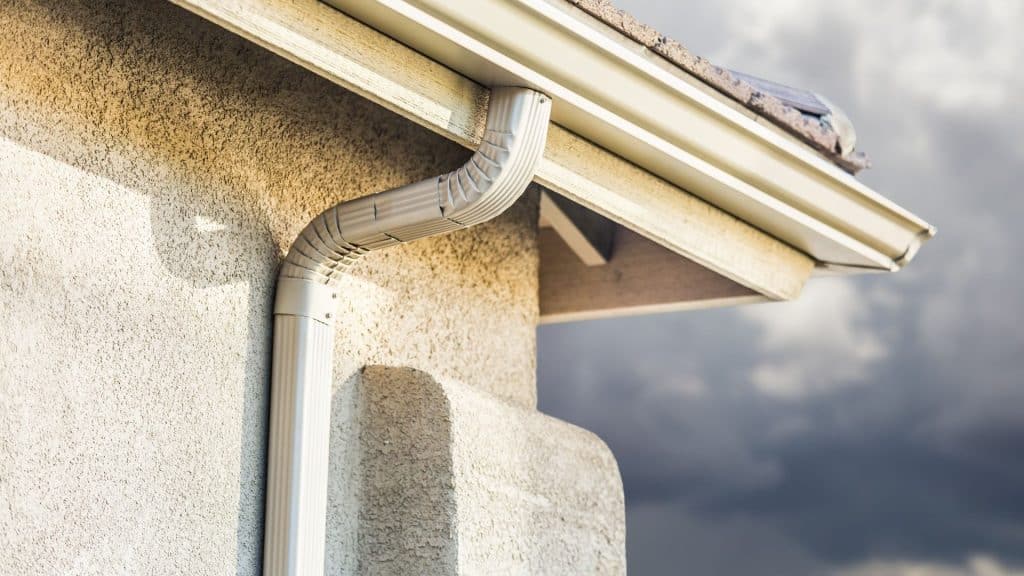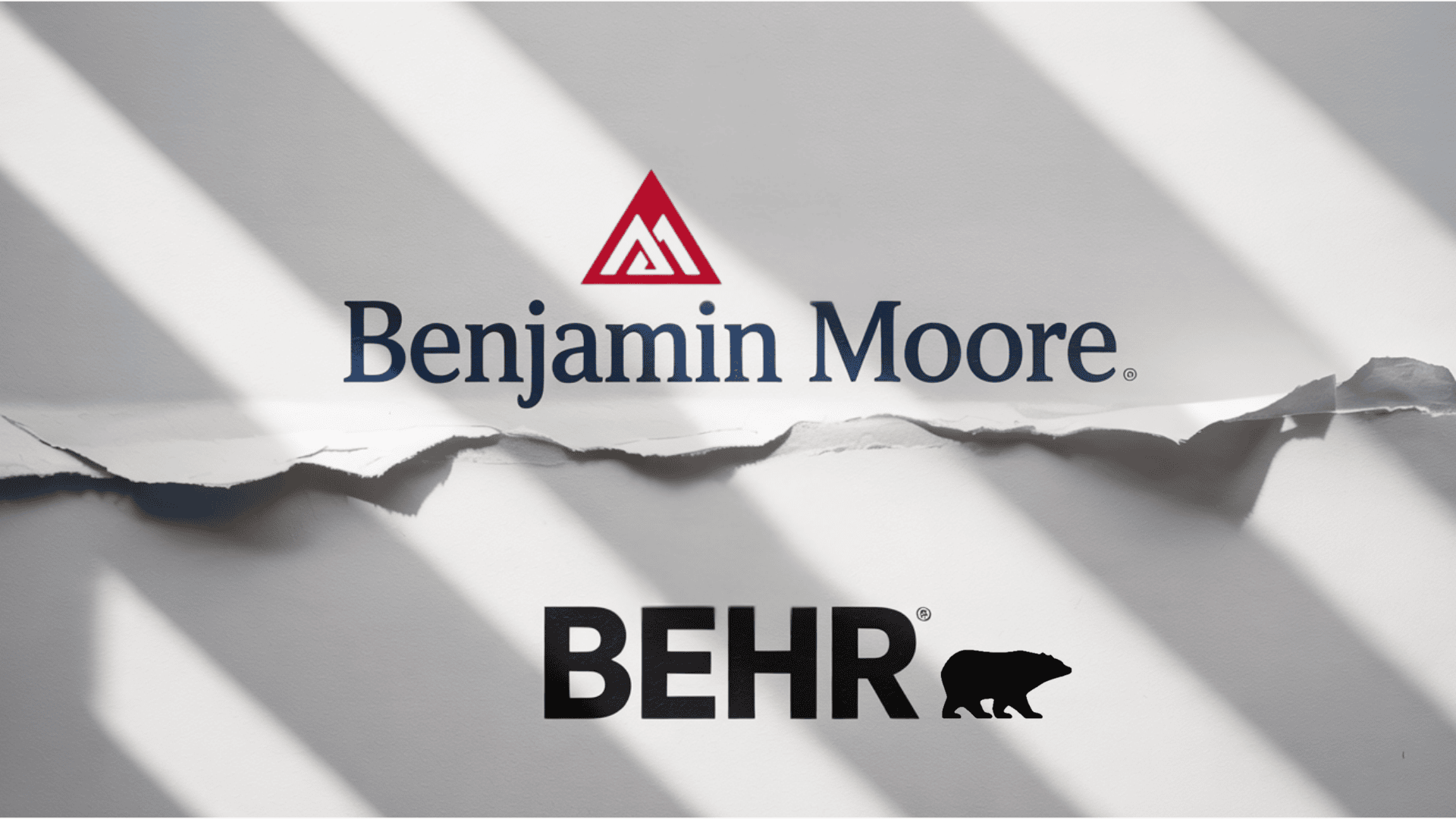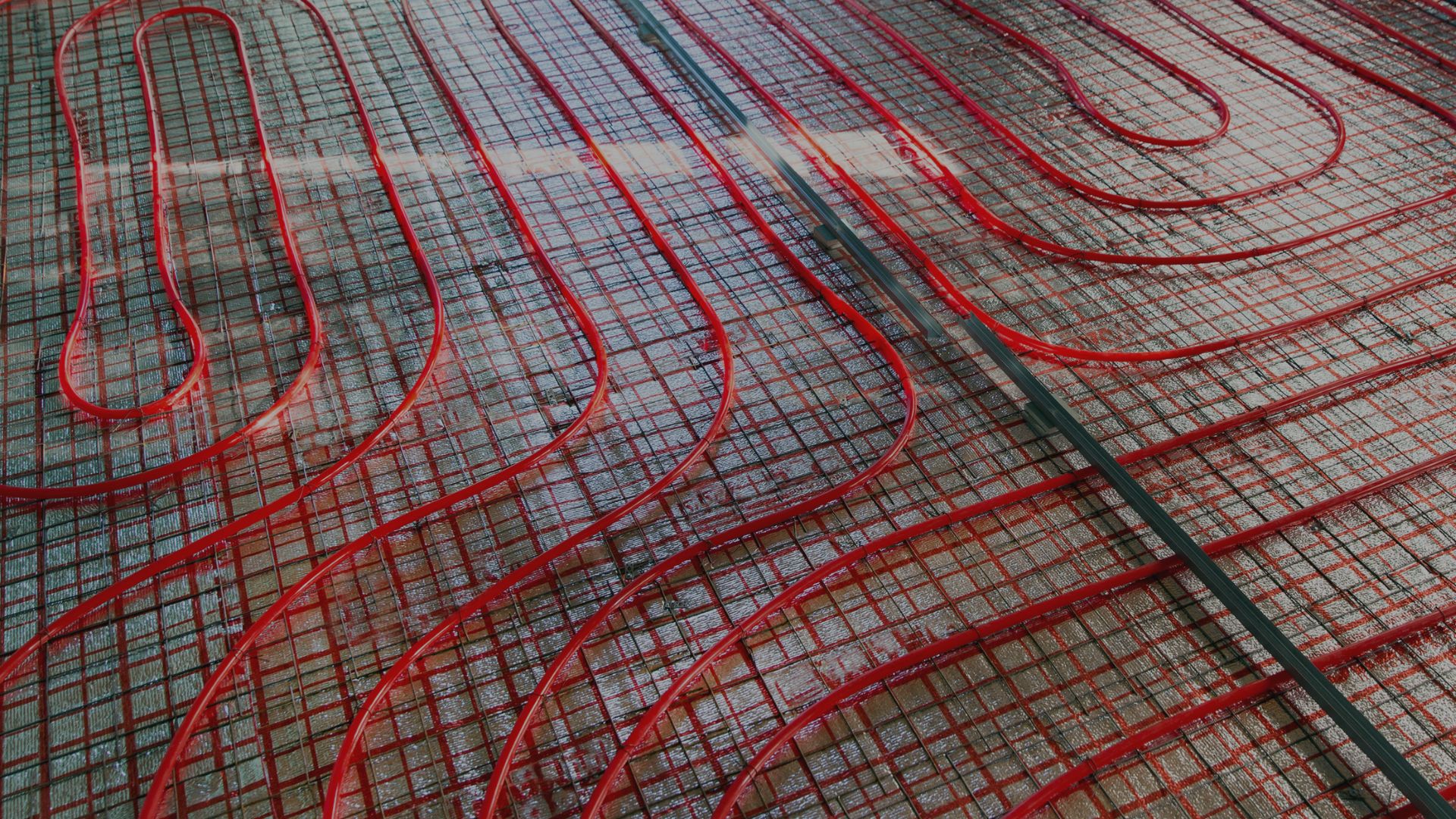Ever noticed a water stain spreading across your ceiling?
That small spot could signal a bigger problem that needs immediate attention. Ignoring a roof leak often leads to costly damage, including ruined insulation, mold growth, and structural issues.
Acting fast saves you money and protects your home from further harm.
But how much should you expect to pay for repairs? The answer isn’t straightforward since multiple variables come into play.
Knowing what influences pricing helps you prepare financially and avoid surprises when contractors provide estimates.
In this blog, I’ll show you what affects repair costs and average prices, and share some tips to save money on roof-leak repairs.
Factors Affecting Roof Leak Repair Costs
Several elements determine how much you’ll pay to fix a leaking roof. Knowing these factors helps you anticipate costs and plan your budget accordingly.
Extent of Damage
The size and severity of your leak directly impact repair costs. Small, localized damage costs less than widespread water intrusion that affects multiple areas and requires extensive material replacement.
Roof Accessibility
Steep roofs or hard-to-reach areas require special equipment and extra safety measures. Contractors charge higher rates when they need scaffolding, harnesses, or additional time to access problem spots.
Location and Labor Rates
Your geographic location significantly influences the cost of roof repairs. Urban areas typically have higher labor costs than rural areas due to higher overhead, greater demand, and local requirements.
Roof Age and Material Availability
Aging roofs can make repairs tricky when materials are no longer produced, often requiring special ordering or creative matching.
Timing and Weather Conditions
Emergency repairs during storms or extreme weather cost more than scheduled maintenance. Contractors charge premium rates for urgent calls outside normal business hours when conditions are challenging and dangerous.
Average Roof Leak Repair Cost

Most people pay around $850 for roof leak repairs. However, costs vary widely depending on the damage severity and the required repair complexity.
Knowing typical price ranges helps you budget appropriately and recognize fair quotes. Here’s what you can expect to pay for different repair levels.
- Small repairs (a few shingles) cost $300 to $500.
- Medium repairs (flashing, multiple spots) can range$600 to $1,000.
- Large repairs (structural damage) range from$1,200 to $3,000.
- Simple fixes take 2-4 hours.
- Complex repairs need 2-5 days.
- Emergency repairs cost 20-30% more.
These figures represent national averages, and your actual costs may differ. Consult a few experienced roofers to compare pricing and understand what each estimate includes.
Cost Breakdown by Roof Material
Different roofing materials require unique repair approaches and pricing structures. These roof type helps you anticipate costs more accurately for any repair project.
- Asphalt Shingles: Most affordable to repair at $200 to $600. Popular material with readily available supplies and experienced contractors for quick fixes.
- Metal Roofing: Repairs range from $400 to $1,200. Requires specialized skills for fixing seams or replacing panels, but offers long-term durability.
- Tile Roofs: Repair costs range from $500 to $1,500. Individual tiles break easily, and matching existing colors can increase overall expenses.
- Slate Roofing: Highest repair costs at $800 to $2,500. Premium materials require expert handling, and finding a matching slate can be difficult for older roofs.
- Flat Roofs: Rubber or TPO membrane repairs cost $300 to $900. Often involves patching or resealing sections with possible drainage work required.
Material choice significantly impacts both initial repair costs and long-term maintenance expenses. Consider these price differences when planning your roof repair budget accordingly.
Common Types of Roof Leaks and Their Repair Prices
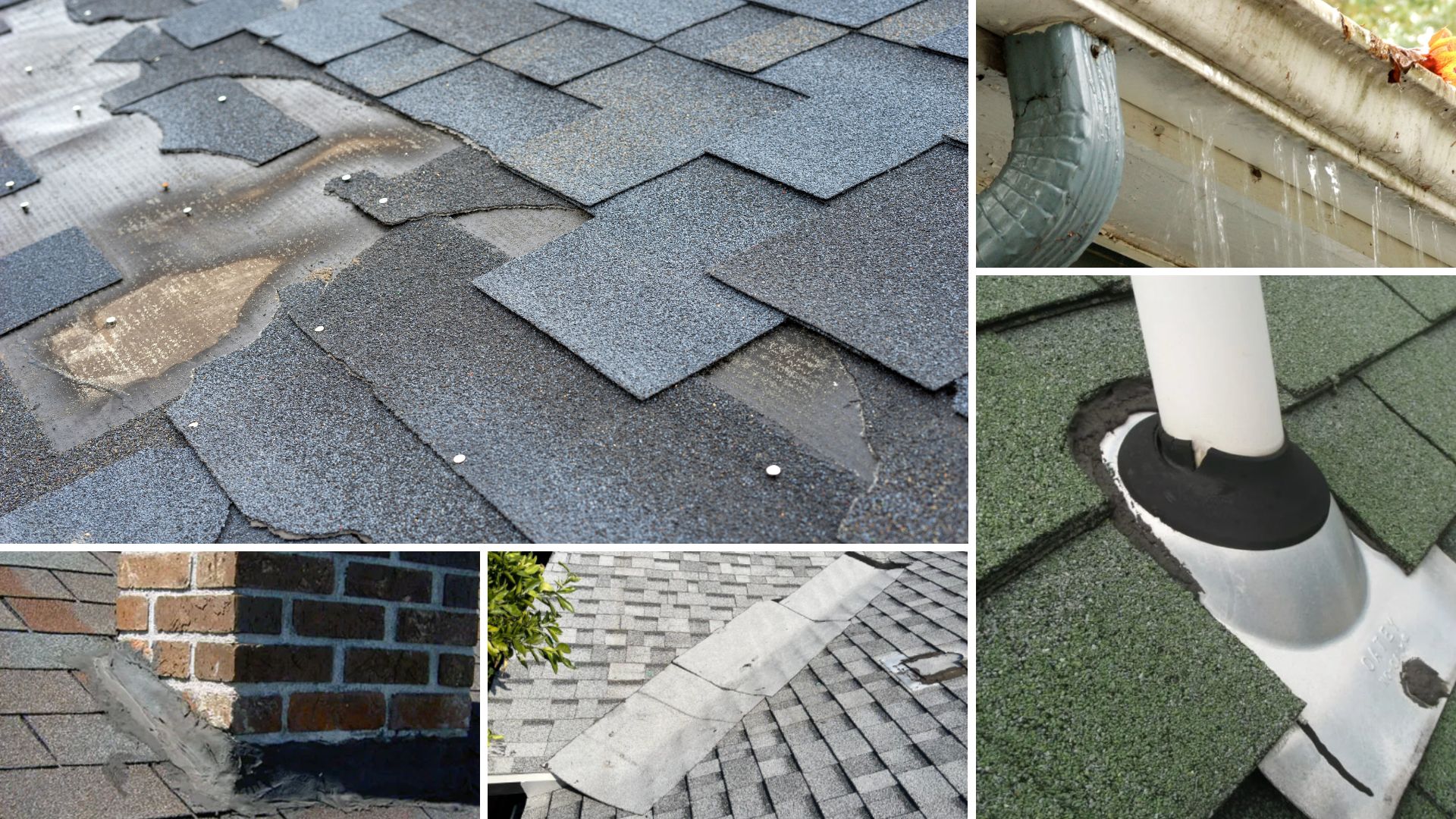
Knowing specific leak types helps you communicate better with contractors and anticipate repair costs. Each problem has a typical price range based on its complexity.
Identifying the source of your leak determines the repair approach and final cost. Here are the most frequent issues homeowners face with their roofing systems.
| Leak Type | Repair Cost | Common Causes |
|---|---|---|
| Damaged/Missing Shingles | $150 – $400 | Wind, hail, and age causing cracks or curling |
| Flashing Problems | $200 – $800 | Failed seals around chimneys, vents, and skylights |
| Valley Leaks | $300 – $1,000 | Heavy water flow, worn flashing at roof intersections |
| Vent Boot Failures | $150 – $350 | Cracked rubber boots from sun exposure |
| Gutter-Related Leaks | $200 – $600 | Clogged gutters causing water backup under shingles |
DIY vs. Professional Repairs: When To Call a Pro
Some roof repairs are suitable for a DIY approach, while others absolutely require professional help. Making the wrong choice can lead to bigger problems and expenses.
| Factor | DIY | Professional |
|---|---|---|
| Best For | Simple shingle replacement | Complex leaks, flashing, and structural work |
| Cost | $50 – $200 | $300 – $3,000+ |
| Safety | Risky on steep roofs | Proper equipment and insurance |
| Leak Detection | Difficult to find the source | Trained to locate hidden issues |
| Warranty | May void coverage | Maintains guarantees |
| Time | 2-4 hours | Varies by complexity |
Most leak repairs require professional expertise for safety and quality. Consider hiring a pro when the leak source isn’t obvious or the work involves heights.
Tips for Reducing Roof Leak Repair Expenses
Smart planning and preventive care help minimize your roof repair bills. These practical strategies save money without compromising on quality or long-term results.
- Get multiple estimates from at least three licensed contractors before choosing one.
- Schedule repairs during off-peak seasons, such as fall or winter, to get better rates.
- Address small problems immediately before they become expensive disasters.
- Maintain your roof by cleaning gutters and removing debris twice a year.
- Bundle multiple repairs together to save on labor costs.
- Check your homeowner’s insurance to see if storm damage qualifies for coverage.
Wrapping It Up
To summarize, fixing a roof leak promptly protects your home from serious damage and prevents costly problems later.
The pricing factors, material costs, and common leak types empower you to make smart decisions when hiring contractors.
Most repairs fall within manageable budgets when addressed early, but delaying action leads to expensive structural issues.
Getting multiple quotes ensures fair pricing, while regular maintenance catches problems before they worsen.
Your roof serves as your home’s first line of defense against the weather, so treating it with care pays off in the long run. Don’t let a small leak turn into a major headache.
Have you recently dealt with a roof leak? Share your experience and any questions below.




